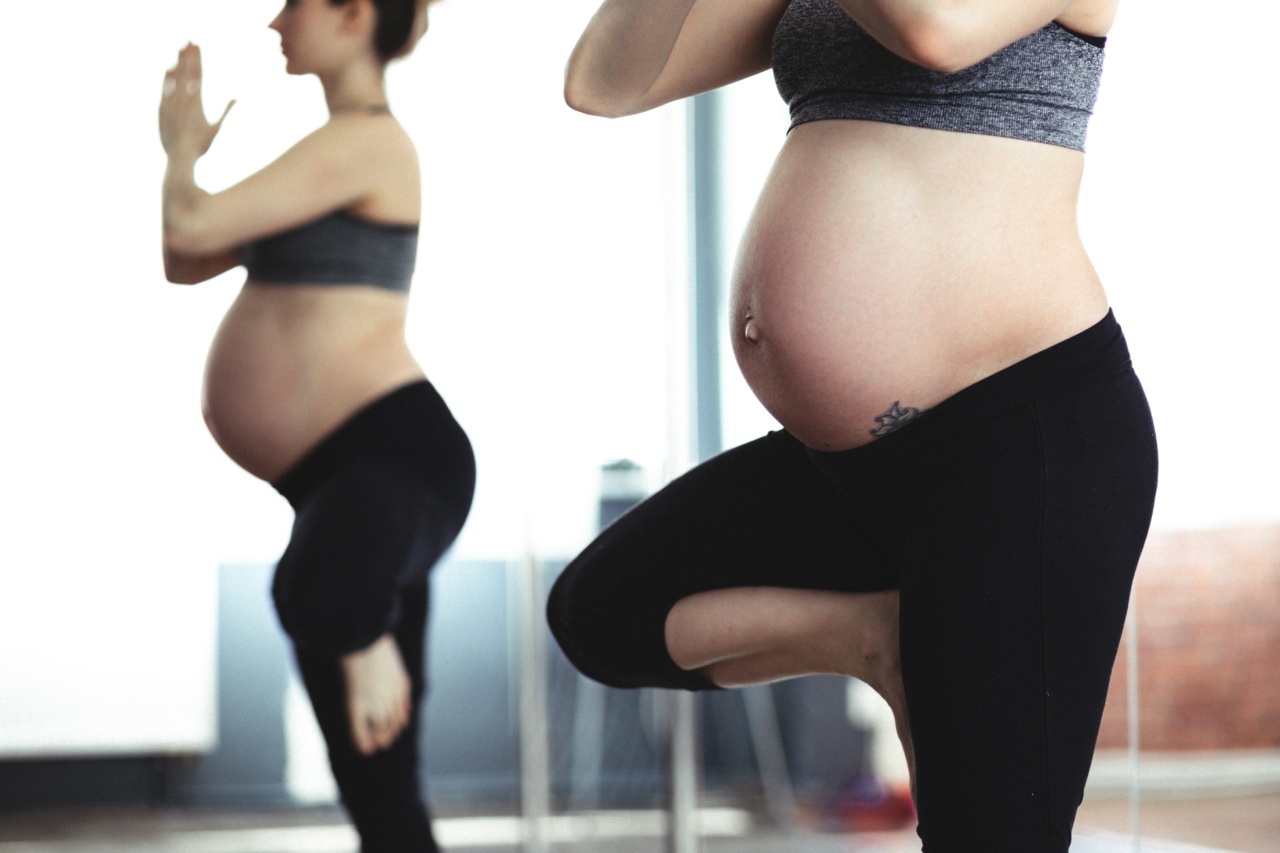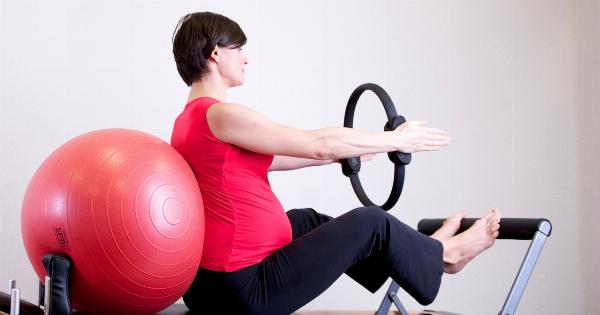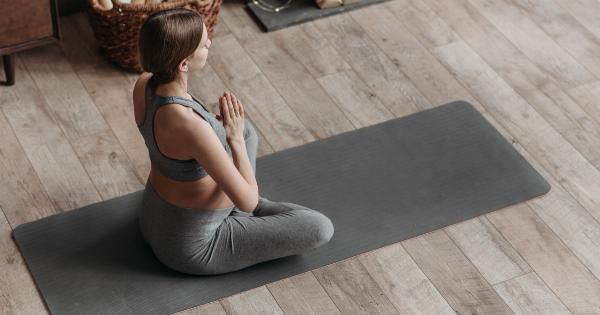Staying active during pregnancy is not only safe but also highly recommended. Regular exercise can help you maintain a healthy weight, reduce pregnancy discomfort, and prepare your body for labor.
However, it is crucial to know the dos and don’ts to ensure the safety of both you and your baby. Here are some guidelines to follow:.
1. Do consult your healthcare provider
Before starting any exercise regimen, make sure to consult your healthcare provider. They can assess your overall health and provide specific recommendations based on your situation.
Even if you were active before pregnancy, it is essential to get their approval and guidance.
2. Do choose low-impact activities
During pregnancy, it is best to focus on low-impact exercises that are gentle on your joints and minimize the risk of injury. Walking, swimming, stationary cycling, and prenatal yoga are excellent options.
These activities help improve cardiovascular health, build strength and flexibility, without putting excessive stress on your body.
3. Don’t overdo it
While exercise is beneficial, it is crucial not to overdo it while pregnant. Listen to your body and modify or stop activities if you experience any pain, dizziness, or shortness of breath.
Pregnancy hormones loosen joints and ligaments, making you more prone to injuries. Take breaks, stay hydrated, and never push yourself beyond your comfort zone.
4. Do warm up and cool down
Always start your exercise routine with a proper warm-up to prepare your muscles and joints for activity. Gentle stretching, especially for the lower back and hips, can help prevent discomfort during exercise.
Cooling down after exercise is just as important to gradually reduce your heart rate and prevent post-workout dizziness.
5. Do wear comfortable clothing and supportive shoes
Invest in comfortable, breathable clothing that accommodates your growing belly. Choose supportive shoes that provide stability and cushioning. Proper footwear is essential to minimize the risk of falls and protect your joints.
Avoid high heels or unsupportive, flat shoes.
6. Don’t lie flat on your back
After the first trimester, it is best to avoid exercises that involve lying flat on your back for an extended period. This position can compress major blood vessels, leading to dizziness and decreased blood flow to you and your baby.
Instead, opt for exercises in a reclined or side-lying position.
7. Do engage your core muscles
Strengthening your core muscles can help support your spine, improve posture, and prevent lower back pain during pregnancy. exercises such as pelvic tilts, modified planks, and gentle prenatal Pilates can be highly beneficial.
Always ensure you are performing these exercises correctly and avoid overstraining your abdominal muscles.
8. Don’t participate in contact or high-risk sports
Avoid sports or activities that involve a high risk of falling or abdominal trauma, such as horseback riding, skiing, basketball, or martial arts. Contact sports can pose a danger to the well-being of both you and your baby.
Opt for safer alternatives that provide similar benefits without the risk.
9. Do stay hydrated
Drink plenty of water before, during, and after your workout sessions to prevent dehydration. Staying hydrated is crucial for maintaining a healthy amniotic fluid level, regulating body temperature, and supporting the cardiovascular system.
10. Don’t ignore warning signs
Pay attention to warning signs that may indicate a problem during exercise. If you experience vaginal bleeding, chest pain, sudden swelling, contractions, or decreased fetal movement, stop exercising immediately and seek medical attention.
Your health and the well-being of your baby should always be the top priority.


























